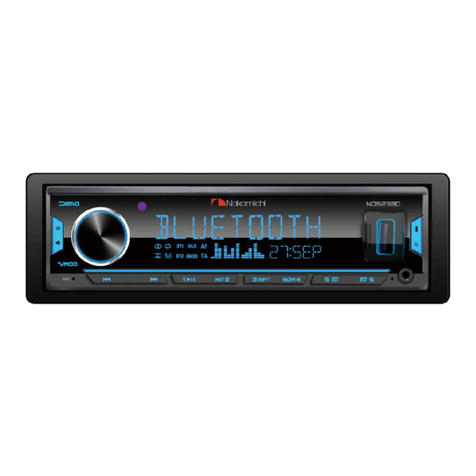Nakamichi 530 User manual
Other Nakamichi Receiver manuals

Nakamichi
Nakamichi NA2750 User manual

Nakamichi
Nakamichi 530 User manual

Nakamichi
Nakamichi NA2800 User manual

Nakamichi
Nakamichi NAM5420 User manual

Nakamichi
Nakamichi NA 1800 User manual

Nakamichi
Nakamichi NA1650 User manual

Nakamichi
Nakamichi NA1600 User manual

Nakamichi
Nakamichi NA3020 User manual

Nakamichi
Nakamichi DELTA 10B User manual

Nakamichi
Nakamichi NAM6700r User manual































